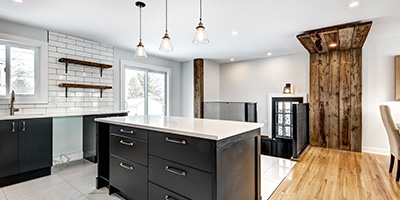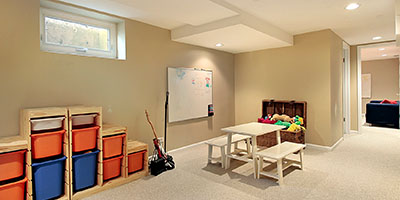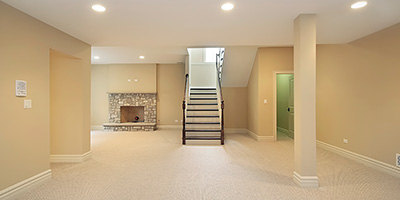How to Convert Your Basement Into an Apartment

Creating a Basement Apartment
Are you looking to make your basement work for you? Converting your basement into an apartment or rental unit is a great way to earn extra income, and most homeowners earn back their investment within the first year.
There’s plenty of square footage in the basement that, once finished, can function as its own complete living space. If you rarely use your basement, you may want to consider turning it into something useful and profitable.
If you’re ready to create a basement apartment, these are all the aspects you need to consider, from the initial design phase to actually renting it out.
What to Consider When Designing a Basement Apartment
Ensure You Can Legally Make an Apartment in Your Basement
Some municipalities don’t restrict what you do with your property, but others will require you to abide by certain zoning laws and regulations. Common zoning codes address the number of tenants allowed to occupy the apartment, fire escape plans and parking requirements for residents.

"Most areas will not allow a basement in a single family home to be used as a legal dwelling. You would have to appear before the zoning board to file a case. The unit would also have to be compliant with city codes and regulations."
Chip Swartz | Ohio Basements
Are basement apartments legal where you live? Check with your city to see if any zoning laws will affect your plans to create a basement apartment. You may need to alter aspects of your renovation, but it’s better to know up front so you can avoid time-consuming changes later in the process.
If your city doesn’t permit basement apartment rentals, you can still consider doing a basement conversion for personal use, such as building an in-law suite.
Determine Your Cost to Convert the Basement Into an Apartment
When creating a basement apartment, setting your budget is an important initial step. Budgeting for the project will help you establish how long it will take to start earning a return on your investment, and whether the costs will outweigh the benefits.
According to HomeAdvisor, the average national cost to remodel a basement is $19,500, with most homeowners spending between $10,000 - $28,000. However, a full conversion of an unfinished basement into a rentable unit can cost much more. When adding a full bathroom, kitchen and other amenities, the average cost to convert a basement into an apartment is between $50,000 - $75,000.
If you already have a finished basement, you can expect to spend much less than if you were starting from scratch, though you should still consider making upgrades to increase your rental’s value.
Luckily for homeowners undertaking a basement renovation, Remodeling’s 2017 Cost vs. Value report shares that on average, 70% of costs are recouped in added property value.
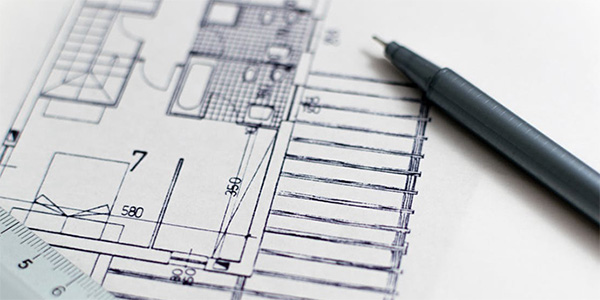
Designing Your Basement Apartment
Are you looking to create a traditional apartment or a studio? While the open floor plan of a studio apartment may save you time on building new walls, a traditional floor plan will allow you to charge a higher price for the rental. Analyze the square footage of your basement and determine if a one or two-bedroom floor plan will work best.
Create Your Basement Apartment Floor Plans
After you’ve settled on a general layout for your basement apartment, it’s time to create a floor plan that will serve as the foundation of your renovation. Not sure how many bedrooms you should build in your basement apartment? Once you know your square footage, take a look at local apartment listings to understand what’s typical in your area.
Rooms That Are Absolutely Necessary for Your Basement Apartment:
- Living room
- Kitchen
- Full bathroom
- Bedroom
- Dining area
- Closet and storage space
Consult With a Contractor
Consult with a contractor or another professional to help carry out the appropriate plumbing, electrical and insulation work, as well as to assist with drywall installation.
Not sure where to begin or what questions to ask while finding professional help for your basement conversion? Check out our checklist for hiring a contractor.
Begin Your Basement Conversion Project
Main Steps for Converting a Basement Into an Apartment
1. Install an exclusive exterior entrance to the unit.
For legal reasons, fire safety and your renters’ convenience, you should make sure your basement apartment plans include an outside entrance separate from the house.
2. Create defined living spaces and a functional layout.
If your plan is to build a studio apartment instead of a more traditional layout, creating defined rooms won’t be necessary.
3. Enable heating and cooling with an independent system.
Separating your new basement apartment’s utilities from the main house will make it easy to split the bills or turn them off if the space goes unoccupied for a long period of time.
4. Install the necessary electrical and plumbing systems.
Your renters will of course need electricity and proper plumbing, and the same point of easily splitting utility bills applies here as well.
5. Insulate and finish the walls, floors and ceiling (if working with an unfinished basement).
Make sure your basement apartment is up to code with proper waterproofing, insulation and flooring.
Starting out with an unfinished basement?
Check out How to Finish a Basement for tips to get started!
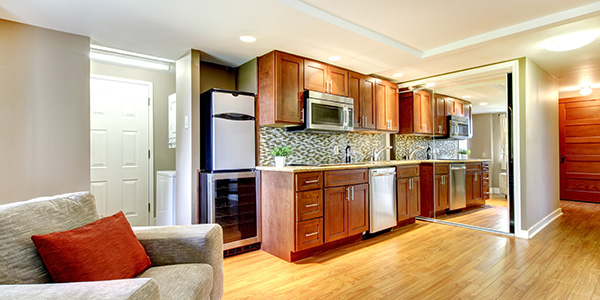
Additional Considerations When Creating a Basement Apartment
What to Consider When It Comes to Flooring
Flooring can be tricky, especially when designing a basement apartment. The floors of an unfinished basement are usually dirty and cold. Typically, carpet is the best way to create a cozy, tolerable space.

Even though the room is being turned into an apartment or in-law suite, it’s still technically the basement of the home. Basements are known for being prone to moisture or flooding, so it’s important to consider waterproof flooring when you’re remodeling this room. Vinyl, tile and carpet are great options for an apartment-style suite that also work great for basements because these products have waterproof features.
Michelle Barichello | Flooring Inc.
If you are looking to install hardwood floors in the rental unit, you may want to consider heating the floor. But keep in mind that for hardwood flooring installations below ground level, you’ll want to opt for engineered hardwood instead of solid hardwood. Engineered wood is much more resistant to the temperature and humidity swings that many basements are prone to.

"The most economical and best performing flooring for a basement would be a click-together laminate. You would put down a plastic vapor barrier over the concrete, and place the laminate over the top. It will warm up the floors about 6 - 7 degrees and is perfect for pets and children."
Chip Swartz | Ohio Basements
Important Amenities to Install When Creating a Basement Apartment
In order to create a basement apartment that is completely livable, there are useful amenities that need to be installed. Other than the basic essentials such as a kitchen, bathroom and living room, a designated laundry room would be beneficial - even if it’s simply a stacked unit in a closet space. In the kitchen, besides a refrigerator and stovetop, a built-in microwave also would be an added bonus.
Basement Apartment Design Considerations
Even if you feel like bright and bold colors will liven up basement living, stay away from making the walls a vivid color. Neutrals will play off of any natural light that comes in through the windows while keeping the rooms looking fresh. Be wary of color trends if you don’t envision repainting each year.
To Furnish or Not to Furnish? That's the Question
While listing a fully furnished apartment isn’t common, it certainly is valuable. Renting a fully furnished unit is essential if you plan to use the space as an Airbnb. If you plan on using it as an apartment, renting out the basement as a furnished unit can give your monthly rent numbers a boost. However, you will need to be mindful that your furniture might incur a few scratches and dents.
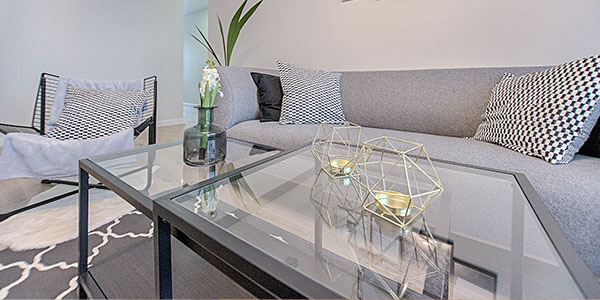
How to Rent Out Your Basement Apartment
Now that you have a beautiful new rental unit, it’s time to start looking for tenants. Take photos of your finished space with a professional camera to show off just how much hard work has been put into designing the basement apartment.
Once you have photographs, upload them to a listing website along with a unique description and the rental price.
A Few Recommended Rental Sites:

Ready to become five-star host on Airbnb? Wondering how to prepare for your first guests’ arrival? We talked to Airbnb Superhosts from around the world to get their top tips on how to prepare a house for Airbnb.

